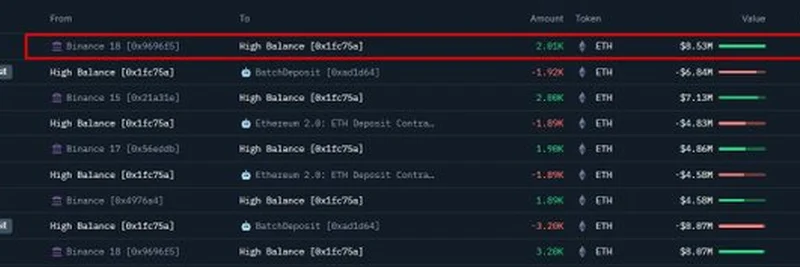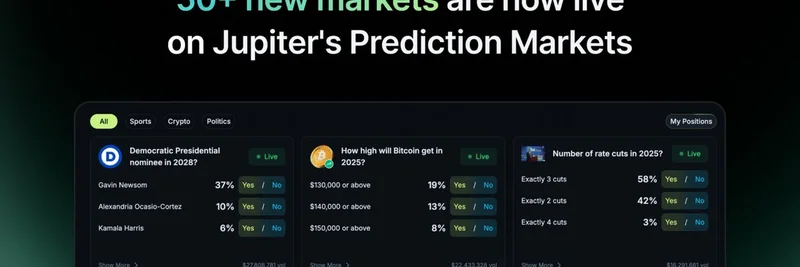Hey there, crypto enthusiasts! If you’ve been keeping an eye on the blockchain world, you’ve probably noticed some big moves lately. A recent tweet from Onchain Lens caught our attention, highlighting a massive Ethereum (ETH) withdrawal by a crypto whale. Let’s break it down and explore what this means for the future of staking and blockchain trends.
The Big Move: 2,009 ETH Withdrawn
According to the post, a whale pulled out 2,009 ETH—worth a cool $8.53 million—from Binance, one of the largest crypto exchanges out there. But this wasn’t just a random withdrawal. The ETH was moved specifically for staking purposes, a process where you lock up your cryptocurrency to help secure a blockchain network and earn rewards in return. The tweet also revealed that over the past two months, a total of 10,999 ETH (about $46.69 million) has been withdrawn from Binance for staking on EigenLayer and ETH 2.0.
What’s Staking All About?
If you’re new to this, staking is like putting your crypto to work. Instead of letting your ETH sit idle in a wallet, you can stake it to support the network—think of it as a vote of confidence in the blockchain’s future. In return, you earn interest, kind of like a savings account but with higher stakes (pun intended!). For Ethereum, the shift to ETH 2.0 introduced staking as part of its move to a more energy-efficient proof-of-stake system. EigenLayer, on the other hand, is a newer platform that lets users restake their ETH to secure additional decentralized services, offering even more reward potential.
The Profit Angle: $13.53M and Counting
Here’s where it gets exciting. The whale’s staking efforts have already paid off big time, with a reported profit of $13.53 million. That’s a significant return, showing how lucrative staking can be for those with deep pockets. The images shared in the tweet (like the one above) show detailed transaction data, including the wallet address (0x1fc75ad0511ddc3a23b9583ba1c285b8292faed5) and the flow of funds from Binance to staking contracts. This kind of transparency is a goldmine for analysts and enthusiasts trying to track whale behavior.
Why It Matters
So, why should you care about a whale moving their ETH? Well, these big players can influence market trends. When a whale stakes large amounts, it often signals confidence in the network’s long-term value. Plus, locking up 10,999 ETH reduces the available supply on the market, which could potentially drive prices up if demand stays steady. For meme token fans and blockchain practitioners, this is a reminder that traditional assets like ETH are still a powerhouse, even as meme coins grab headlines.
What’s Next for Staking?
This move highlights the growing popularity of staking as a way to earn passive income in the crypto space. With platforms like EigenLayer expanding the possibilities and ETH 2.0 solidifying Ethereum’s future, we might see more whales jumping on the bandwagon. If you’re thinking about staking yourself, it’s worth noting that it often requires locking up your funds for a set period—sometimes weeks or months—before you can access them again. But the rewards can make it worth the wait, especially with profits like $13.53M on the table!
Final Thoughts
The whale’s 2,009 ETH withdrawal from Binance for staking is more than just a big number—it’s a glimpse into the evolving world of cryptocurrency. Whether you’re a seasoned blockchain pro or just dipping your toes into the meme token scene, keeping an eye on these moves can help you stay ahead of the curve. What do you think—will more whales follow suit? Drop your thoughts in the comments, and stay tuned to Meme Insider for the latest updates!




